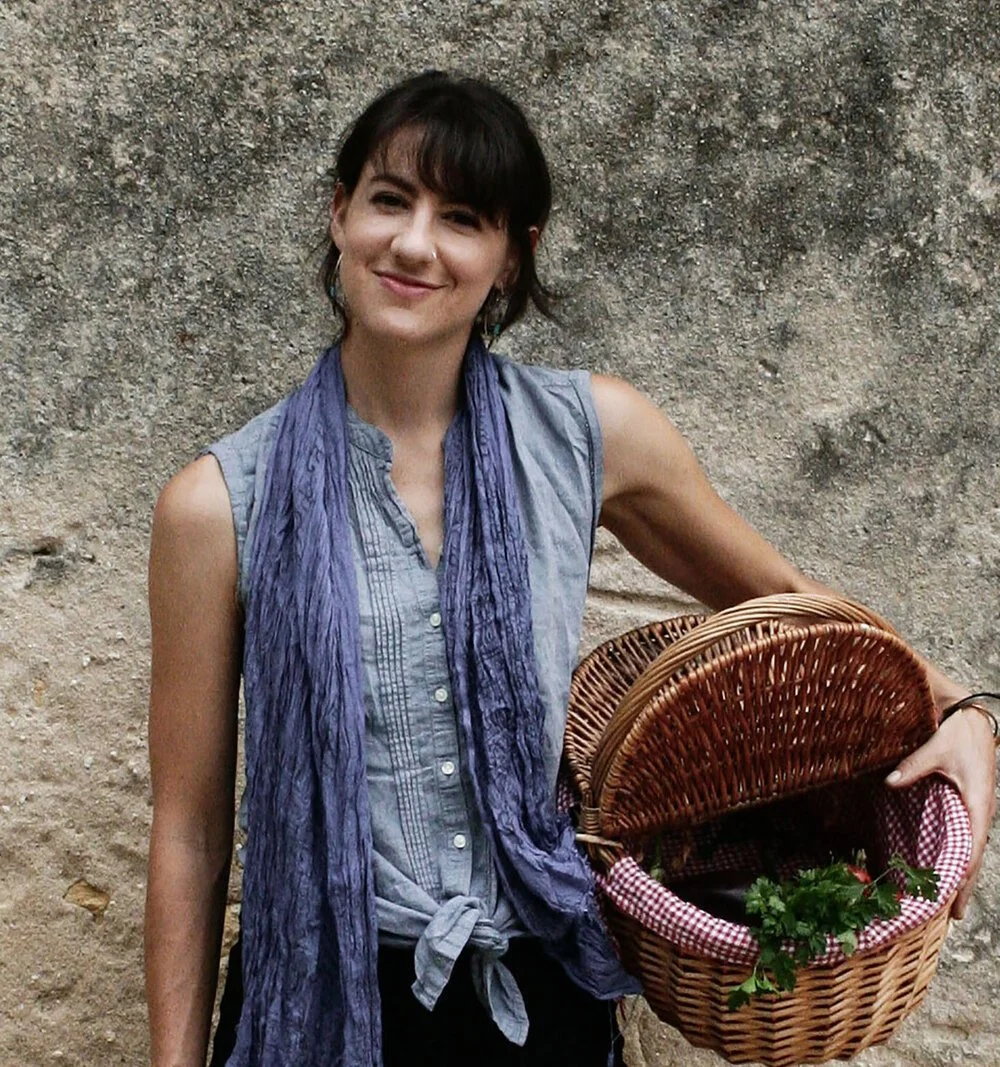Making Sense of Prenatal Nutrition
Picture this: you go in for your very first prenatal appointment with your doctor. You might be feeling nervous, excited, or anxious. You finish the exam and your doctor immediately tells you that there are some dietary changes you need to make and hands you a multiple page list of things you’re suddenly not allowed to eat. Some of the items are obvious, like alcohol or raw shellfish….but wait…no caffeine? What the heck?! I personally cannot function in the morning without coffee. Considering you are at this appointment in your first trimester, you might even be looking at this list and feeling a little queasy at the mere suggestion of certain foods. I mean…would raw oysters even sound appetizing when pregnant? Probably not.
These days, the no-no list of foods seems to be growing too. For example, a recent New York Times article found that in a 2022 study, 23 out of 28 dark chocolate bars tested for high levels of cadmium and lead. I’m sorry…WHAT? For many people out there, dark chocolate is a source of joy, relaxation and reward, especially while pregnant. So now we can’t even have that last little bit of joy? I do want to point out, however, that this article was brief and did not list any of the sourcing for the mineral laden chocolate bars. As with all things, further research is needed to make a final judgment against chocolate, especially considering how many brands exist in the world. They likely all have different sourcing concerns, like farming and packaging processes. My point here is to truly do your own research and try to buy from brands with a reputation for fair trade and ecologically sound farming and packaging processes. But I digress….
We know from decades of research that prenatal nutrition is key in your baby’s development, not to mention your wellbeing in pregnancy. We know that a well rounded diet of protein, fruits and vegetables, complex carbohydrates and fats is the best way to make sure you and your baby are healthy. Some of the approved and often recommended foods can be hard to stomach though. While you can get the folate you need from supplements in pill form, we know that the body processes minerals more efficiently from ingesting whole foods, such as dark leafy greens. However, such foods are also very dense and often hard to digest, especially in pregnancy. We also know that new studies are constantly being released and what was once a pregnancy-approved food is now on the do-not-eat list. So how do we know what to believe? How do we know what is the “right” thing to eat while pregnant?
Bonnie Burgess, a Bay Area fertility and perinatal nutritionist has some words of wisdom on the matter: “Prenatal nutrition can be intimidating, but it can help to understand why certain foods are off the table. Let’s break down the foods to avoid during pregnancy into 2 groups. Group 1: Substances that are toxic. This includes alcohol, marijuana, excess caffeine (over 200mg/day or about 16oz coffee), and mercury. The latter is typically found in larger species of fish, like tuna, swordfish, marlin and shark. If you’re questioning if something might be toxic, or otherwise unnatural, it should probably be avoided or reduced. Other foods on the “no” list in pregnancy are there to prevent possible food-borne-illness including listeria and salmonella. This brings us to group 2: Foods that could make you sick. This group could be relatively small or vast, depending on where you draw your own personal risk-tolerance line. On the more extreme end, you could avoid any possible dangerous bacteria by sticking only to thoroughly cooked foods, avoiding leftovers, and taking on all food-handling yourself. At a minimum, I recommend avoiding raw animal products (fish, meat, dairy, eggs), thoroughly heating all cooked food and washing all raw food. There is a lot to be said about the foods to incorporate during pregnancy, and some of them will be unique to you, your health profile and any symptoms you’re experiencing. My general advice for the foods to emphasize during pregnancy can also be divided into 2 groups: protein and nutrient-dense plants. Protein is even more essential in pregnancy since it’s the building block of our tissues, for you and for the baby. Nutrient-dense plants could be more explicitly described as colorful plants. My favorite plants in pregnancy are: avocado, berries, leafy greens and seaweeds! To help get them in, leafy greens can be blended into a smoothie or finely chopped and wilted into warm rice. Seaweeds can be blended into soups, cooked with beans, or sprinkled into a stir-fry.”
Curious about ways to incorporate some of these ideas into your diet? Join us at Brilliant Births for a special presentation from Bonnie on April 30th from 2-4pm! There will be some delicious snacks and a collection of simple recipes for you to take home as well! We hope to see you there! www.brilliantbirths.com/workshopsbooking
Source: Bonnie Burgess, perinatal and fertility nutritionist










